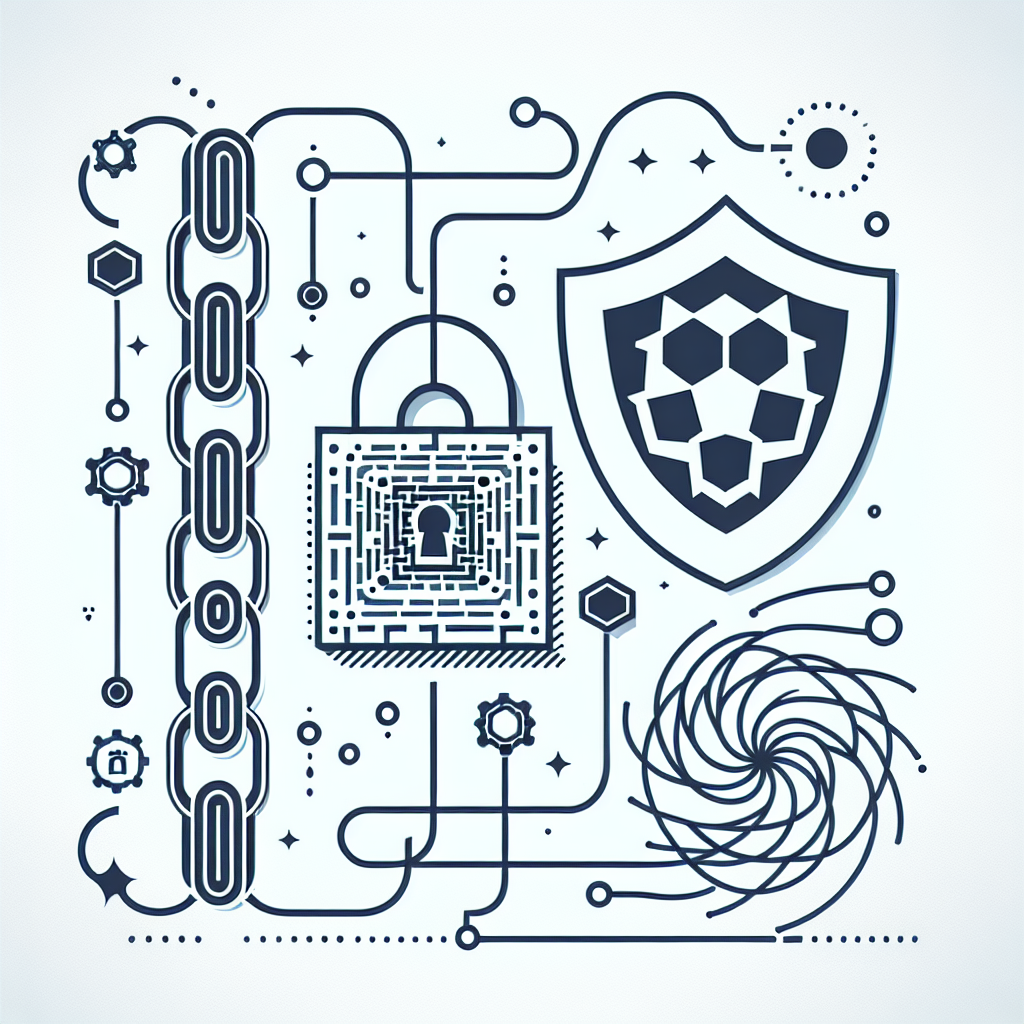Revolutionizing Cybersecurity: Emerging Trends and Technologies to Watch

The Importance of Cybersecurity in Today's Digital World
In an era where digital transformation is at the forefront of both society and business, cybersecurity has rapidly ascended to a top priority. Organizations are not only tasked with protecting sensitive corporate and customer information but also with anticipating emerging cyber threats. With the increasing sophistication of cyber-attacks, the cybersecurity landscape is continuously evolving to fortify defenses against potential breaches.
Emerging Cybersecurity Trends in 2023
The year 2023 has ushered in a new wave of cybersecurity innovations aimed at tackling the complex challenges faced by companies worldwide. Key trends include the increased use of artificial intelligence (AI) in threat detection and response, which allows faster and more accurate identification of potential threats. AI systems analyze vast quantities of data to discern patterns indicative of suspicious activities, thereby providing a pivotal edge in preemptive cybersecurity measures.
Blockchain Technology: A Game Changer
Blockchain technology, originally synonymous with cryptocurrency, is now emerging as a formidable player in cybersecurity. Its decentralized nature ensures data integrity, making it a robust tool against tampering and illicit access. Companies are leveraging blockchain to enhance the security of digital identities and validate transactions, ensuring privacy and trust in data handling.
Quantum Computing: The Future of Cyber Defense?
Quantum computing poses both a challenge and an opportunity for cybersecurity. While its computational power threatens traditional encryption methods, it also holds the potential to revolutionize cybersecurity approaches. Quantum cryptography is emerging as a method to create virtually unbreakable encryption, a development that could set a new standard in data protection.
Challenges Facing the Cybersecurity Industry
Despite these technological advancements, the cybersecurity industry faces several hurdles. One major challenge is the shortage of skilled cybersecurity professionals. This gap in expertise places additional pressure on existing teams and could hamper efforts to deploy advanced security measures effectively. Moreover, the rapid evolution of technologies necessitates continuous learning and adaptation to new tools and methodologies.
Looking Ahead: Preparing for the Next Generation of Cyber Threats
As we look to the future, preparation and proactive measures will be crucial in safeguarding digital infrastructures. This involves not only adopting advanced technologies but also fostering a culture of security awareness across all organizational levels. Regular training, simulated cyber-attack exercises, and updated security protocols will be critical components in fortifying defenses against future threats.




